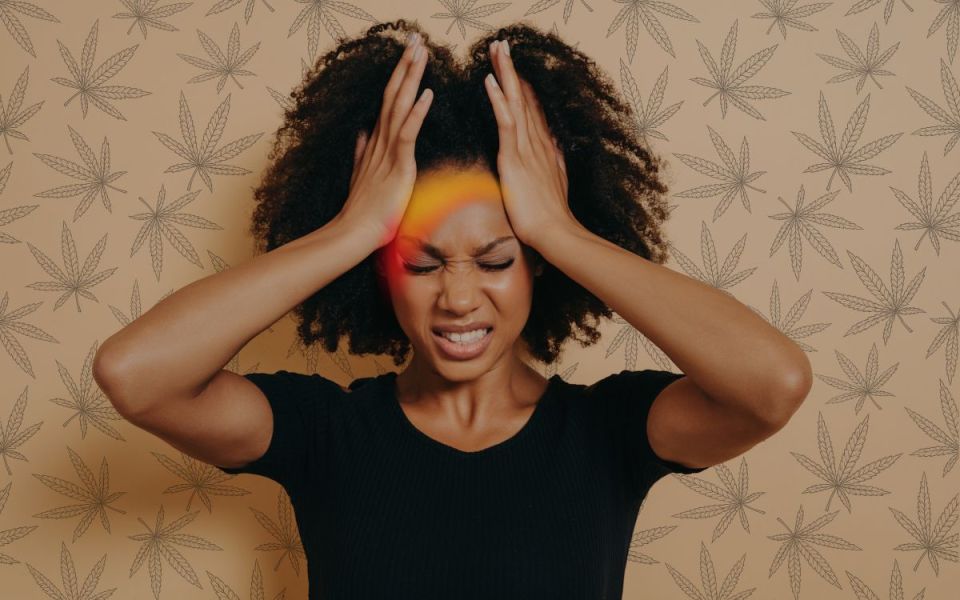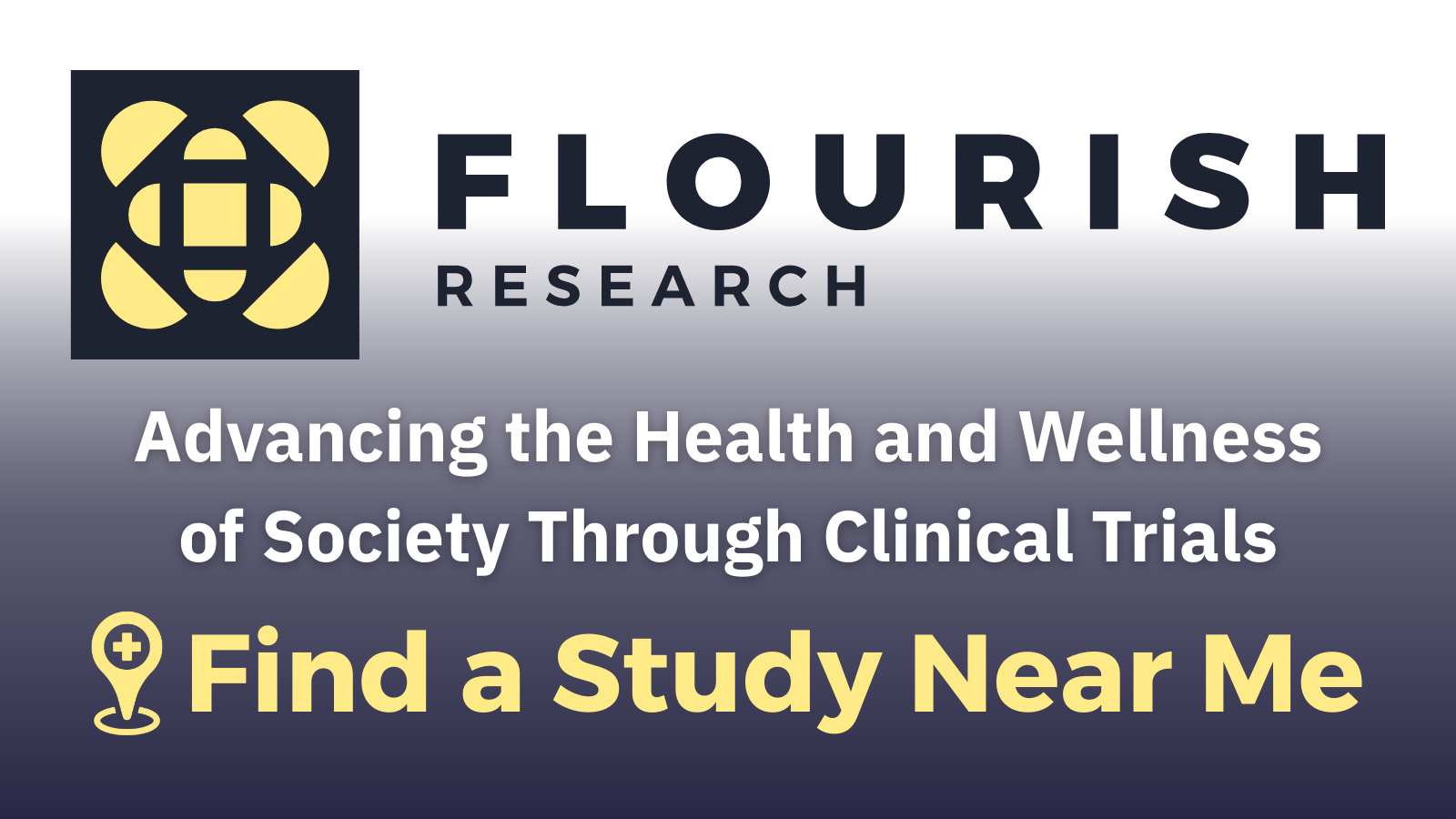Can Cannabis Cancel Migraines?

We’ve talked about migraines before, but it might be time to clear the smoke around a common idea; that the active ingredients in cannabis (commonly known as marijuana) helps with migraines. According to Neurologist and medical cannabis expert Dr. Ethan Russo, cannabis has been used for headache relief for at least several thousand years, and was one of the primary medications prescribed in America until the passage of the Marijuana Tax Act of 1937. The tax act removed marijuana from the National Register and made it unavailable for medical use by 1941. Use dropped even further in the 1970’s when it was reclassified as a Schedule 1 drug. Recently, there has been a budding interest in the use of marijuana for headache and migraine mitigation. This is accelerated by grassroots movements relaxing state laws against marijuana and the renewed medicinal (and recreational) use of cannabis. With over 1⁄3 of surveyed medical marijuana users stating “headache” as the primary ailment, it’s time to answer the burning question, does it work? Before we answer that, let’s review how migraines work, and how the active ingredients in marijuana might interact with these systems.
Migraines are more than just a headache. They are a complex neurological disorder caused by complicated interactions between different brain systems. They are a serious worldwide problem affecting around a billion people. Critical to migraines is a disruption of homeostasis - the systems that keep the brain stable. All sorts of systems get out of whack, resulting in the varied symptoms people have during migraine episodes. In a previous article we discussed the areas of the brain that are affected, but when discussing marijuana we’re really only interested in one system, the endocannabinoid system. Cannabinoid refers to the compounds found in cannabis, and endo- indicates that these are produced by the body. The endocannabinoid system is a signaling system found all over the body. It uses molecules like anandamide (AEA) and 2-Arachidonoylglycerol (2-AG) to interact with migraine pathways. Low levels of AEA have been found in people who suffer from migraines. This may be due to low production or because the body is degrading AEA too quickly. Cyclooxygenase (COX) degrades AEA and is inhibited by anti-inflammatory medications like ibuprofen and aspirin. To avoid getting too in the weeds, we’ll return to COX later. Let’s first get a rolling start on how marijuana works.
Cannabis is a plant from the Cannabaceae family. Historically, it has been consumed primarily by smoking, but new methods such as edibles and tinctures have become increasingly popular. In addition, topical treatments are popular and can be used in combination with other methods. They activate cannabinoid receptors in the skin and act without intoxicating effects. There are several different chemicals contained in the plant, including over 125 cannabinoids. The two most significantly psychoactive and well-studied are Delta-9-Tetrahydrocannabinol (THC) and Cannabidiol (CBD). THC seems to act on the same receptors as AEA, as well as many others. It may help correct imbalances from low AEA production, but likely won’t correct imbalances caused by excessive COX degradation. Some scientists speculate that constant, high-dose THC might induce COX degradation as the body tries to restore balance. THC also has the potential for many side effects, including dizziness, dry mouth, and drowsiness. There are also potential mental side effects such as euphoria, paranoia, and anxiety. CBD is relatively tamer. It barely interacts with cannabinoid receptors, but instead balances cerebral activity. CBD stabilizes the function of sodium channels, which are critical to neural function and may impact migraine headaches. It is generally free of side effects, but can cause fatigue and sedation at higher doses. In addition, CBD may impact the metabolism of other drugs and medications. So how do we know if marijuana actually helps with migraine headaches?
We could start by asking people, but anecdotal evidence is all over the place. Some people say it’s a miracle drug, some claim it has no effect, and some find the side effects to be too strong to continue (or start) use. With marijuana being illegal at the federal level, most scientists have relied on retrospective studies that looked at past use or asked people about their use through surveys. These methods found good evidence that marijuana decreased migraine severity and frequency. They also found decreased use of other medications, indicating the condition was better controlled. These effects appear to diminish over time. Unfortunately, surveys and retrospective studies are prone to bias and impossible to control for other extraneous variables. The best evidence, then, is a randomized, placebo-controlled, blinded clinical trial. Luckily, the first peer-reviewed clinical trial looking at marijuana use was published this year! This trial blazed new paths. It was published by the journal Neurology and had patients take a medical dose at the onset of a migraine. Patients were treated with vaporized medication containing either:
- 6% THC
- 11% CBD
- 6% THC & 11% CBD
- Placebo flower containing no psychoactive substances
The results were clear. At one hour, all THC and/or CBD substances lowered pain significantly more than placebo. At two hours and beyond, the treatment containing both THC and CBD was the only one that showed significantly better outcomes for pain relief and main symptom relief. There were no serious adverse effects during this study, and somewhere around ⅓ of patients had not used marijuana before. It should be noted that the side effects may still deter many people. This study has given the green light for further investigations of cannabis and its use in combating migraine headaches. As the restrictions around marijuana continue to relax for medical settings, migraine sufferers may find greener pastures ahead.
Staff Writer / Editor Benton Lowey-Ball, BS, BFA
Expert contributions by Dr. Schramm, Family Practice Physician, Clinical Researcher, Florida Certified Cannabis Physician
Click Below for ENCORE Research Group's Enrolling Studies
References:
Leimuranta, P., Khiroug, L., & Giniatullin, R. (2018). Emerging role of (endo) cannabinoids in migraine. Frontiers in Pharmacology, 9, 420. https://www.frontiersin.org/journals/pharmacology/articles/10.3389/fphar.2018.00420/full
Mechtler, L. L., Gengo, F. M., & Bargnes, V. H. (2021). Cannabis and migraine: it’s complicated. Current Pain and Headache Reports, 25, 1-13. https://link.springer.com/article/10.1007/s11916-020-00931-2
Rhyne, D. N., Anderson, S. L., Gedde, M., & Borgelt, L. M. (2016). Effects of medical marijuana on migraine headache frequency in an adult population. Pharmacotherapy: The Journal of Human Pharmacology and Drug Therapy, 36(5), 505-510. https://accpjournals.onlinelibrary.wiley.com/doi/full/10.1002/phar.1673
Russo, E. (1998). Cannabisfor migraine treatment: the once and future prescription? An historical and scientific review. Pain, 76(1), 3-8. https://journals.lww.com/pain/abstract/1998/05000/cannabisfor_migraine_treatment__the_once_and.2.aspx
Russo, E. B. (2016). Clinical endocannabinoid deficiency reconsidered: current research supports the theory in migraine, fibromyalgia, irritable bowel, and other treatment-resistant syndromes. Cannabis and cannabinoid research, 1(1), 154-165. https://www.liebertpub.com/doi/full/10.1089/can.2016.0009
Schuster, N., Wallace, M., Buse, D., Marcotte, T., Lee, E., Liu, L., & Sexton, M. (2024, April). Vaporized Cannabis versus Placebo for Acute Migraine: A Randomized Controlled Trial (S22. 010). In Neurology (Vol. 102, No. 17_supplement_1, p. 3105). Hagerstown, MD: Lippincott Williams & Wilkins. https://www.neurology.org/doi/abs/10.1212/WNL.0000000000204925 (preprint available at https://www.ncbi.nlm.nih.gov/pmc/articles/PMC10889030/)
Sexton, M., Cuttler, C., Finnell, J. S., & Mischley, L. K. (2016). A cross-sectional survey of medical cannabis users: patterns of use and perceived efficacy. Cannabis and cannabinoid research, 1(1), 131-138. https://www.liebertpub.com/doi/full/10.1089/can.2016.0007



